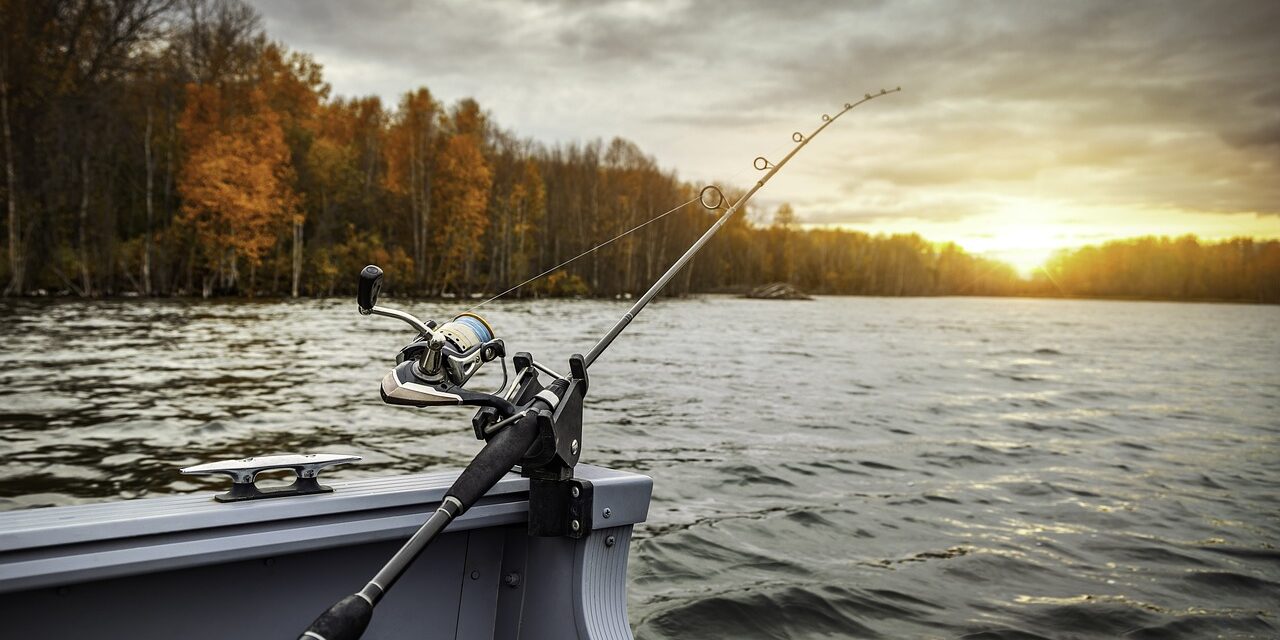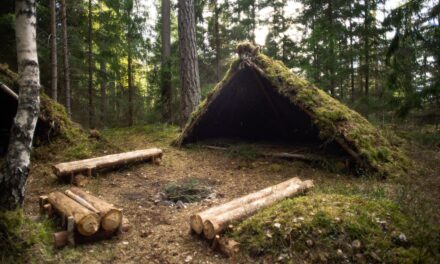Fishing is not just an activity for leisure or sport; it is a vital survival skill, especially when stranded near a river. The ability to catch fish efficiently can mean the difference between starvation and survival. This article delves into basic survival fishing techniques specifically tailored for river environments. Rivers, with their flowing waters, are dynamic ecosystems teeming with life, offering a bounty for those who know how to harvest it. Whether you find yourself in a survival situation or are simply looking to enhance your outdoor skills, understanding these basic techniques will prepare you to make the most of the river’s resources.
Survival fishing in rivers requires a blend of knowledge, patience, and resourcefulness. Unlike recreational fishing, survival fishing is about sustenance, making it crucial to use effective methods with minimal resources. This guide explores a variety of techniques, from traditional hook and line methods to innovative survival hacks. We’ll discuss how to find the best fishing spots, what equipment you can create from nature, and how to increase your chances of catching fish. By the end of this article, you’ll have a solid foundation in survival fishing techniques that can help sustain you in the wild.
Essential Techniques and Tools
Survival fishing in rivers necessitates a different approach compared to still waters or sea fishing. The moving water, varied depth, and the type of fish make rivers unique. Here are some basic techniques and tools you can employ to increase your chances of success.
Finding the Right Spot
Look for areas where fish are likely to congregate. Bends in the river, where the water slows down, are ideal. Fish often rest in these areas to conserve energy. Also, spots where smaller streams merge into the river can be fruitful, as they can bring in food, attracting fish.
Hand Fishing and Noodling
This method is as primitive as it gets. Hand fishing, or noodling, involves catching fish with your bare hands. It’s most effective in shallow waters where fish might hide under rocks or logs. This technique requires patience and speed, as you’ll need to be quick to grab the fish once you locate it.
Improvised Fishing Gear
In a survival situation, you might not have a fishing rod and reel. However, you can improvise with materials found in nature. A simple fishing line can be made from the inner strands of paracord or plant fibers, and hooks can be fashioned from bones, wood, or even safety pins if you have them.
Bait and Lures
Bait can be anything from worms dug up from the riverbank to small insects or pieces of whatever food you might have. In the absence of traditional lures, shiny objects or even makeshift flies from feathers can attract fish.
Setting up Traps and Nets
If you have the materials, setting up traps or nets across a narrower part of the river can be effective. Fish funnels, made from branches or vines, guide fish into an area where they can be easily collected. Remember, the goal is to create a passive fishing system that allows you to focus on other survival tasks.
Spearfishing
With a sharp stick or spear, you can attempt to spear fish in shallower parts of the river. This method requires skill and practice, as water refraction makes aiming challenging. It’s best to aim slightly below where the fish appears to be.
Summary and Takeaways
Mastering survival fishing techniques for rivers is a valuable skill that can significantly enhance your chances of sustaining yourself in the wilderness. It’s not just about catching fish; it’s about understanding the environment, adapting to the challenges it presents, and using your ingenuity to secure a vital source of nutrition. Here are the key takeaways from our discussion:
- Know Your Environment: Familiarize yourself with the river’s layout, identifying potential fishing spots where fish are likely to gather, such as bends, confluences, or under sheltering structures.
- Improvise with What You Have: Even without conventional fishing gear, you can create effective tools using natural or improvised materials. Flexibility and resourcefulness are your allies.
- Choose the Right Technique: Depending on your situation, decide whether active fishing methods (like hand fishing or spearfishing) or passive methods (such as traps or nets) are more appropriate for your energy levels and the resources at your disposal.
- Practice Patience and Stealth: Successful fishing often requires waiting quietly and being unnoticed by fish. Move slowly and blend with your environment to increase your chances of a catch.
- Respect the Ecosystem: Take only what you need for sustenance to preserve the natural balance and ensure resources remain for future needs.
Whether you find yourself in a survival scenario or you’re simply interested in primitive fishing methods, these skills can connect you more deeply with the natural world. They remind us of our ancestors’ ingenuity and our enduring relationship with the environment.
Incorporate these strategies into your survival skill set, practice whenever possible, and always prepare for the unexpected. Remember, the goal of survival fishing is not just to catch fish but to do so sustainably, ensuring your safety and health in the wilderness.








